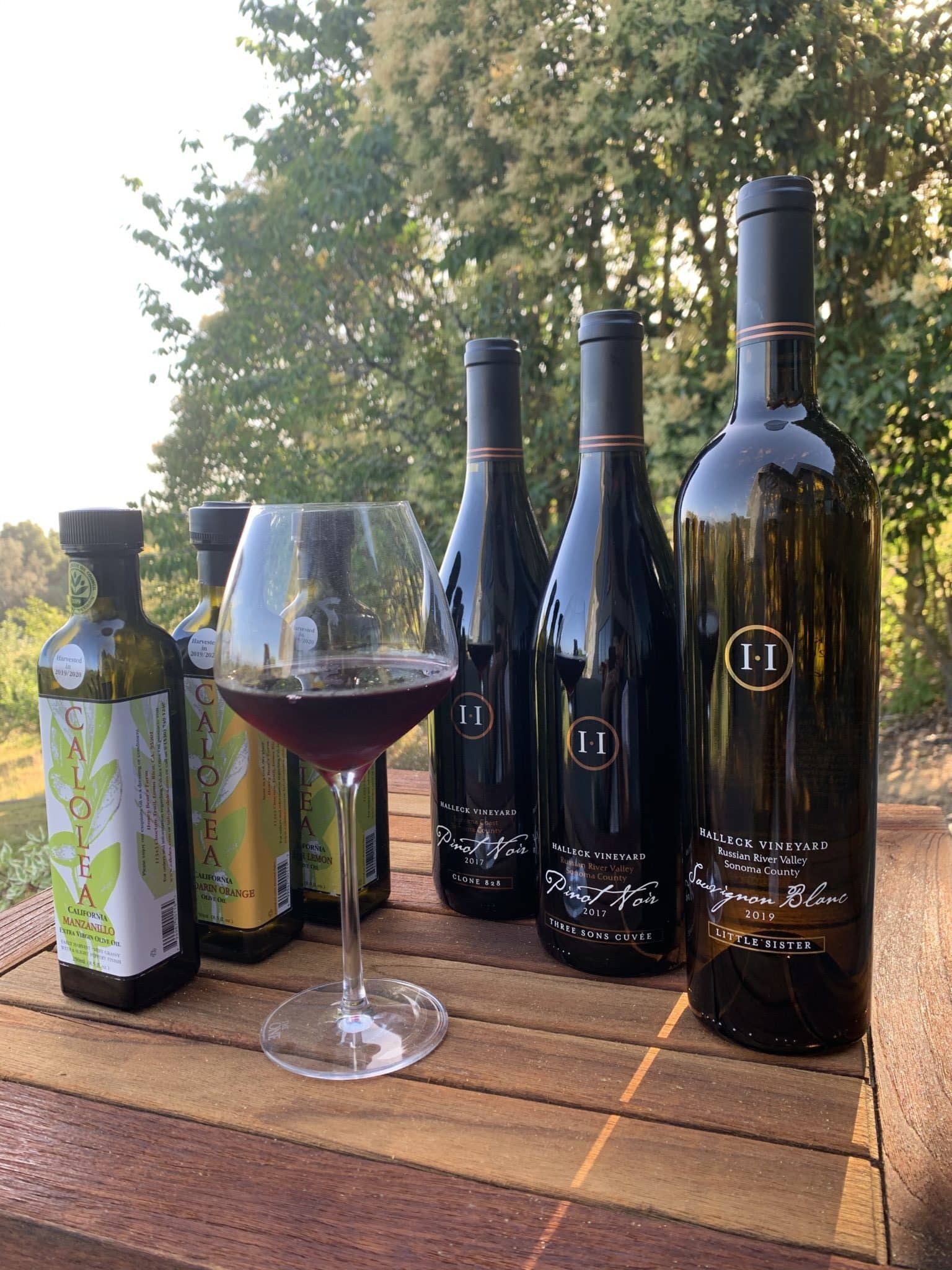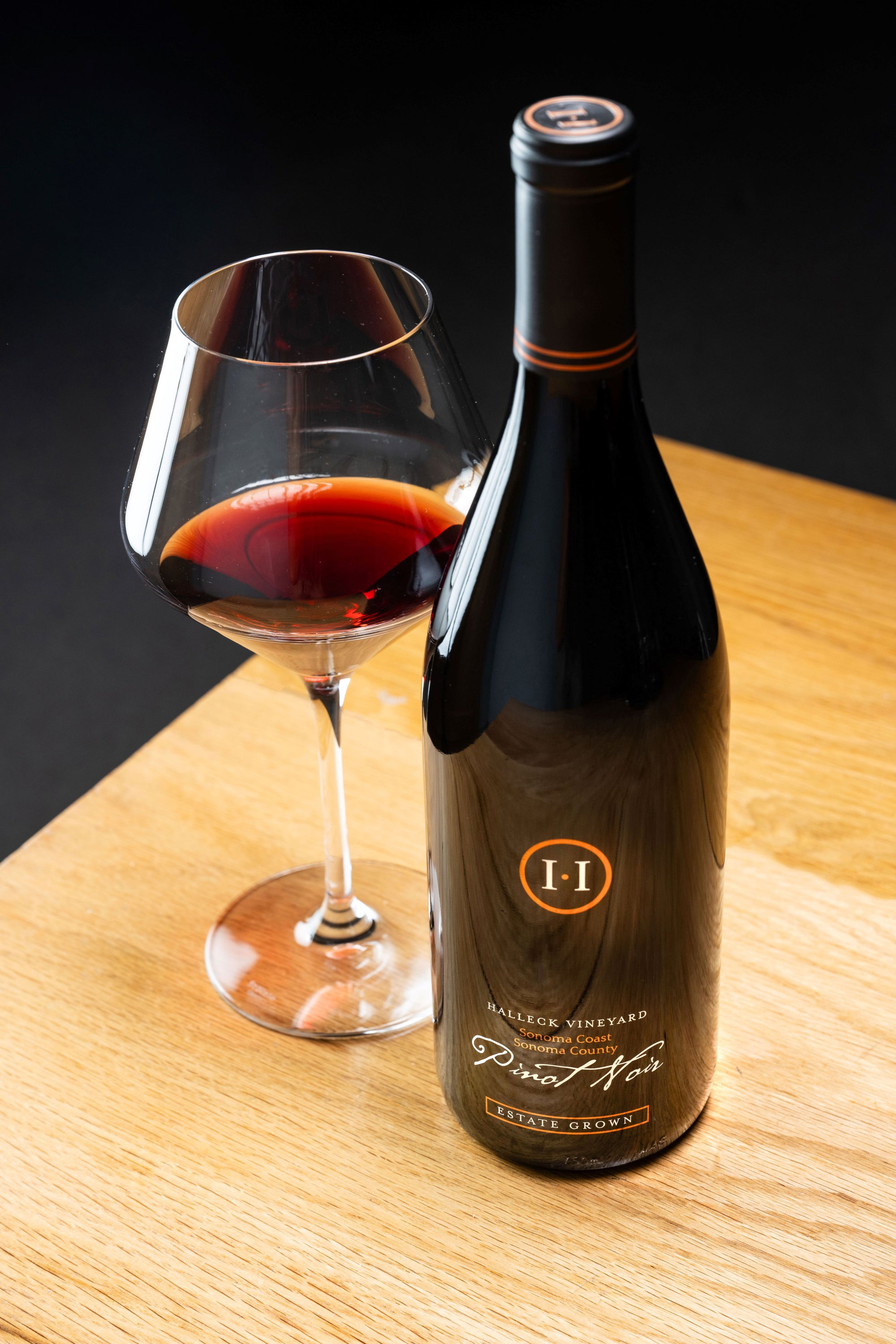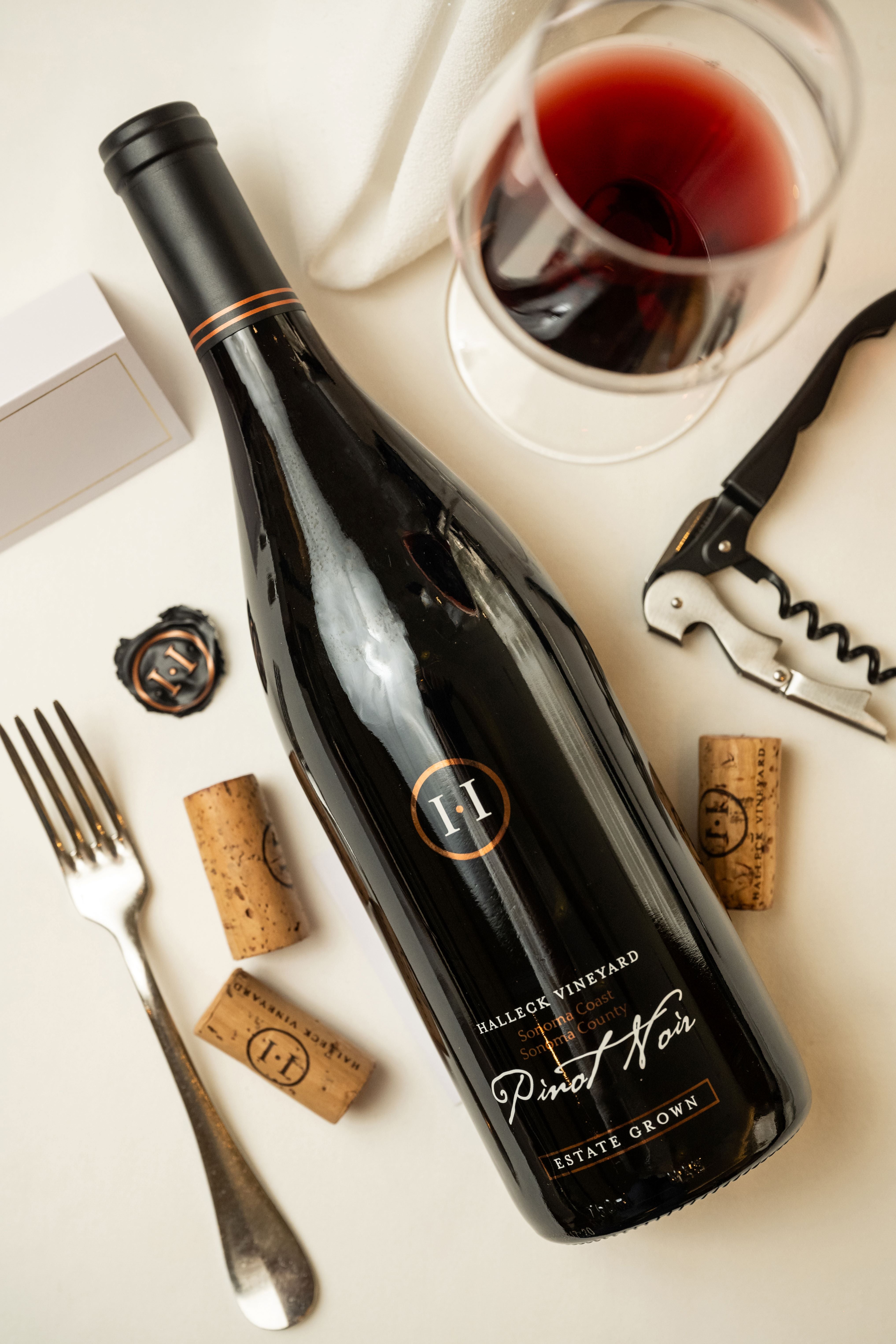Wineries Offering Virtual Wine Tastings - Finding Good Wineries For Wine Tasting
Wineries Offering Virtual Wine Tastings - Finding Good Wineries For Wine Tasting
Blog Article
Family Friendly Wineries With Outdoor Spaces - Wine Tasting And Vineyard Tours In Sonoma
Wine tasting is an art that mixes sensory experience with an appreciation for the nuances of various varietals. How to evaluate flavors in winery wine tasting sessions is pivotal to grasping the complexities of wine.
Engaging in a wine tasting includes greater than simply sipping and savoring. It requires a focused method to establish aromas and flavors that each wine presents. As you begin, observe the wine's appearance, noting its shade and clarity. These visible cues typically recommend a wine’s age, grape variety, and even potential flavor profiles.
The next step in the tasting process is to swirl the wine in your glass. This motion releases fragrant compounds which are important for analysis. Lean in and take a second to inhale deeply; the aromas can range from floral and fruity to spicy and earthy. The nose of the wine is simply as necessary because the palate, and recognizing scents plays a big function in understanding the overall experience.
When taking your first sip, permit the wine to move across your palate - Wineries Ideal For Large Groups. Notice the initial flavors that current themselves. Is the wine fruity, floral, or maybe herbaceous? This preliminary style gives insight into what the wine is more doubtless to specific as you continue to gauge it. The mouthfeel additionally contributes to the general flavor experience; it can be silky, tannic, or even effervescent.
Family-Oriented Wine Tasting Venues In Sebastopol - Top Sonoma Wineries To Visit
As you continue tasting, take note of the wine’s steadiness. A well-balanced wine will harmonize acidity, sweetness, and tannins. If one part overwhelms the others, it might point out a much less desirable high quality. Evaluating steadiness can help you determine how well the wine may pair with food.
Transitioning to the end, consider how the flavors evolve as the wine lingers in your palate. A lengthy, nice finish can indicate a high-quality wine, while a short or abrupt finish may suggest in any other case. Reflect on whether or not the flavors remain constant or if new notes emerge as the wine settles. This progression can reveal complexities and intricacies that might not have been obvious in the initial tasting.
Temperature is also an important factor in evaluating wine flavors. Completely Different kinds of wine are optimally enjoyed at specific temperatures. White wines usually shine when chilled, while purple wines typically perform best at room temperature. When tasting, make certain the wine is at the appropriate temperature to completely appreciate its character.
Remarkable Craft Wineries In Sebastopol - Best Vineyard In Sonoma
Pairing food with wine can tremendously enhance the tasting experience. Meals can influence the perception of flavors in wine, both highlighting certain characteristics or diminishing them. When evaluating flavors, contemplate how the wine interacts with completely different foods, noticing which flavors are amplified or muted (Wineries With Educational Tours In Sonoma).

Consider the influence of terroir as you have interaction in a winery tasting. Terroir encompasses the unique environmental elements that affect grape rising, together with soil composition, climate, and geography. Understanding a wine's terroir can present insight into its flavors and aromas, fostering a deeper appreciation for the choices made during its cultivation and production.
Schooling plays a basic function in enhancing one's capability to evaluate wine flavors. Learning about grape varieties, wine regions, and manufacturing strategies can pave the means in which for more knowledgeable judgments during tastings. Moreover, attending workshops or classes can refine sensory skills and expand your flavor vocabulary, enabling you to articulate tasting notes extra successfully.

Finally, it's important to keep in mind that evaluating wine flavors is a extremely personal experience. Individual preferences and perceptions will invariably form one’s tasting journey. Enjoyment ought to be at the forefront, with the analysis process acting as a device to reinforce understanding and appreciation quite than create rigid pointers.
Best Pinot Noir Wineries In Sebastopol - Discover Sebastopol's Wine Scene
In conclusion, mastering how to consider flavors in winery wine tasting classes entails a combination of sensory engagement, information, and practice. By studying to determine aromas, assess the steadiness, and recognize the intricacies of flavor, wine enthusiasts can deepen their connection to every bottle they encounter. As with any art form, the more one immerses themselves in the experience, the more they will uncover and enjoy the huge world of wine.
- Begin by observing the wine's colour and clarity, as these visual elements can hint at its flavor profile and growing older potential.
- Swirl the wine gently in your glass; this releases aromatic compounds, allowing you to better establish the advanced scents related to the wine.
- Take a deep inhale before tasting, focusing on each major and secondary aromas to assemble insights on fruits, spices, and different nuances.
- When tasting, permit the wine to coat your palate; note the preliminary flavors, the mid-palate complexity, and the end as these levels can present totally different flavor highlights.
- Pay attention to texture and mouthfeel, as aspects such as tannin ranges, acidity, and sweetness contribute significantly to the overall tasting experience.
- Compare flavors against standard wine characteristics; for red wines, consider berry notes, oak affect, and herbal tones, while whites could include citrus, stone fruits, and floral hints.
- Take notes during the tasting session to trace your impressions, serving to you to remember and evaluate the completely different wines sampled.
- Focus On your findings with fellow tasters or winery workers, as sharing insights can enhance understanding and appreciation of individual flavors.
- Enable time for the wine to breathe; typically, flavors evolve and reveal new dimensions after being uncovered to air.
- Experiment with food pairings through the tasting as they'll dramatically alter how flavors are perceived, influencing overall enjoyment.undefinedWhat should I look for when evaluating the aroma of wine throughout a tasting?
Begin by swirling the wine in your glass to launch its aromas. Bring the glass to your nose and take a deep breath. Pay Recommended Site consideration to the first scents you detect, as these are sometimes essentially the most prominent. Look for fruit, floral, natural, or earthy notes and try to determine particular characteristics, which can deepen your understanding of the wine's complexity.
Wine Tasting Trails In Sonoma Valley - Discovering Sonoma Area Wineries

How can I distinguish between totally different flavor profiles in wine?
Understand that flavor profiles are often categorized as fruit, floral, herbaceous, spicy, or mineral. Take small sips and permit the wine to coat your palate. Discover the first flavors that emerge first and the delicate notes that comply with. This layering is crucial in distinguishing the wine's traits and can assist you to respect its unique profile.
Celebrated Winemakers To Discover In Sonoma - Sebastopol Winery Experience
What is the significance of the wine's texture in a tasting?

The texture of the wine, also identified as mouthfeel, plays a vital role in how we understand flavors. Pay consideration to whether the wine feels easy, creamy, or gritty. The body of the wine (light, medium, or full) can improve or contrast with flavors, offering a more rounded experience throughout tasting.
How do I assess the stability of flavors in wine?
Steadiness in wine refers back to the concord between acidity, sweetness, tannin, and alcohol. Take a moment to evaluate whether these parts complement or intervene with each other. A well-balanced wine could have none of its components overpowering the others, creating a nice tasting experience.
Wineries With Live Music Events Occasionally - Tasting Fine Wines In Sonoma County
What role does temperature play in evaluating wine flavors?
Temperature can considerably influence the perception of flavors. Typically, pink wines are best served slightly under room temperature, while white wines benefit from being chilled. As the temperature adjustments, the aromas and flavors can shift, permitting you to perceive different traits. It’s essential to style wine at its optimum temperature for true evaluation.
Wineries Ideal For Large Groups - A Guide To Sonoma Wineries
How can I enhance my tasting skills over time?
Practice Sonoma vineyard tours. is key to enhancing your tasting skills. Small Batch Wineries In Sonoma Valley. Attend tastings, hold a journal of your experiences, and discover several sorts of wines to broaden your palate. Moreover, studying about wine manufacturing and grape varieties can present context that enhances your analysis course of, making you a more informed taster.
Is there a specific order during which I ought to taste the wines?
Romantic Winery Destinations In Sebastopol - Explore Sebastopol Area Vineyards
Yes, it’s advisable to style wines from light to full-bodied and dry to candy. This progression prevents the stronger flavors from overshadowing the more delicate ones, allowing you to totally respect each wine's traits and nuances with out palate fatigue.
How can I consider the aftertaste of wine?
Vintage Wine Tasting Experiences In Sebastopol - Best Wine Tasting Spots In Sonoma County
The aftertaste, or finish, is a crucial side of the wine-tasting experience. After swallowing, pay attention to how long the flavors linger on your palate and whether they change. A lengthy, pleasant end is usually an indicator of a high-quality wine, while a short or unpleasant end might suggest in any other case.
Why is it important to notice the wine’s acidity throughout tasting?
Acidity contributes to the general freshness and construction of the wine. Pay attention to the tingling sensation in your tongue; higher acidity can improve the wine's liveliness and balance out sweetness. Noting acidity helps determine the wine's versatility with food and its growing older potential.
What should I do if I wrestle to determine specific flavors in wine?
Wineries Specializing In Sparkling Wines - Sonoma County Wine Tasting Locations
Struggling to identify flavors is frequent, particularly for newbies. Focus on broader categories and describe what you possibly can acknowledge, corresponding to candy or earthy notes. With practice, studying about different flavor profiles, and maybe using flavor wheels, you'll refine your senses and develop a extra nuanced approach to tasting. Report this page